
Jet engines are marvels of modern engineering, but even the most advanced models can have hidden flaws. These issues can range from minor inconveniences to serious safety concerns, affecting airlines and passengers alike. Here, I explore eight jet engines with notable defects that have made headlines over the years.
Pratt & Whitney PW4000
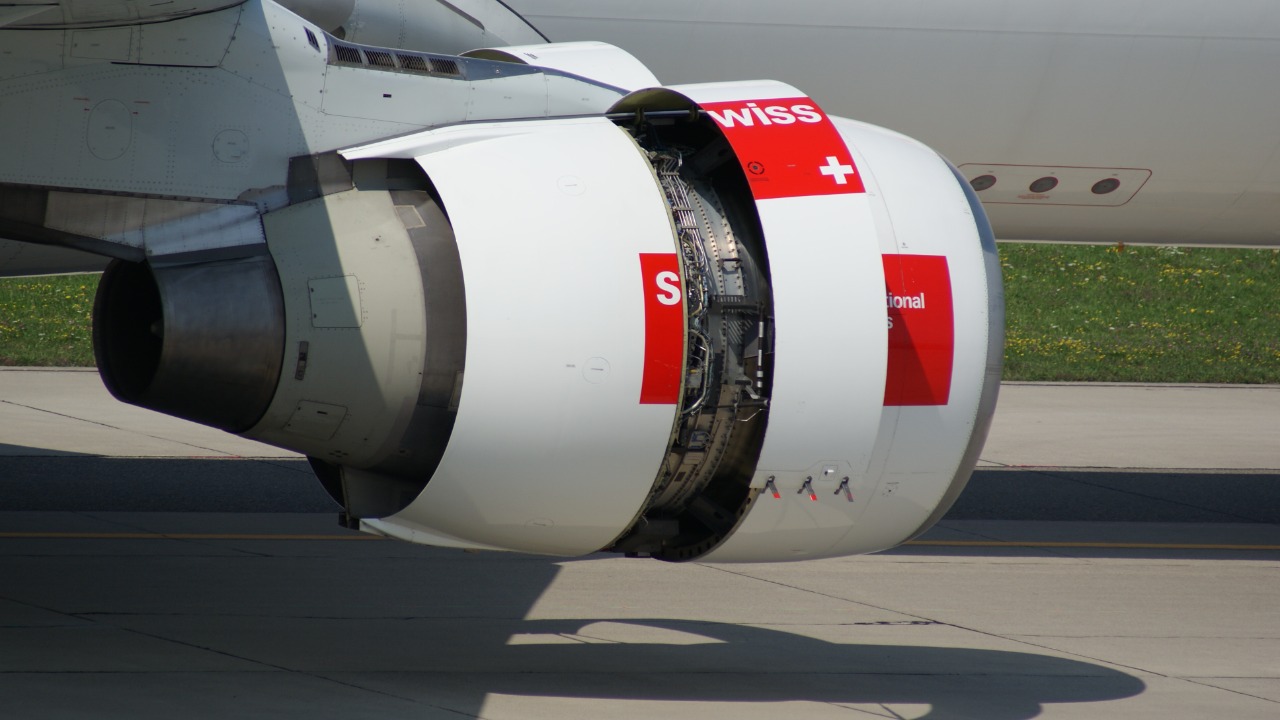
The Pratt & Whitney PW4000 engine has been a staple in commercial aviation, powering various wide-body aircraft. However, it has faced scrutiny due to issues with its fan blades. A 2021 incident involving a fan blade failure led to parts of the engine breaking off during flight, prompting airlines to ground their fleets temporarily for inspections.
Airlines have worked closely with regulators to improve inspection protocols, but the PW4000’s reliability has been questioned. Despite these challenges, many operators continue to rely on this engine due to its performance and efficiency, albeit with increased vigilance.
General Electric GE90
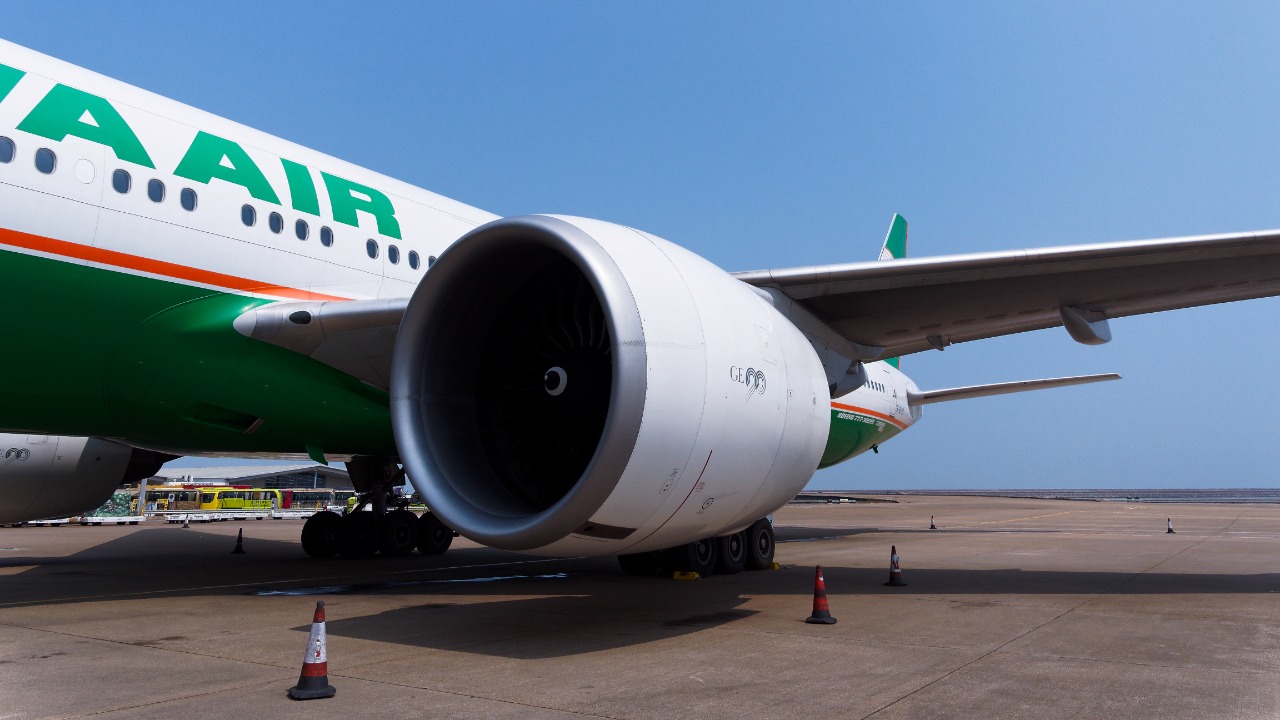
The GE90 is one of the most powerful engines in the world, known for powering the Boeing 777. However, it has encountered issues related to its combustor design, which has led to premature wear and tear. These flaws have caused airlines to conduct more frequent maintenance checks, affecting their operational schedules.
General Electric has been proactive in addressing these concerns, implementing design improvements to enhance durability. The GE90 remains a popular choice, but operators are advised to follow stringent maintenance procedures to mitigate potential risks.
Rolls-Royce Trent 1000
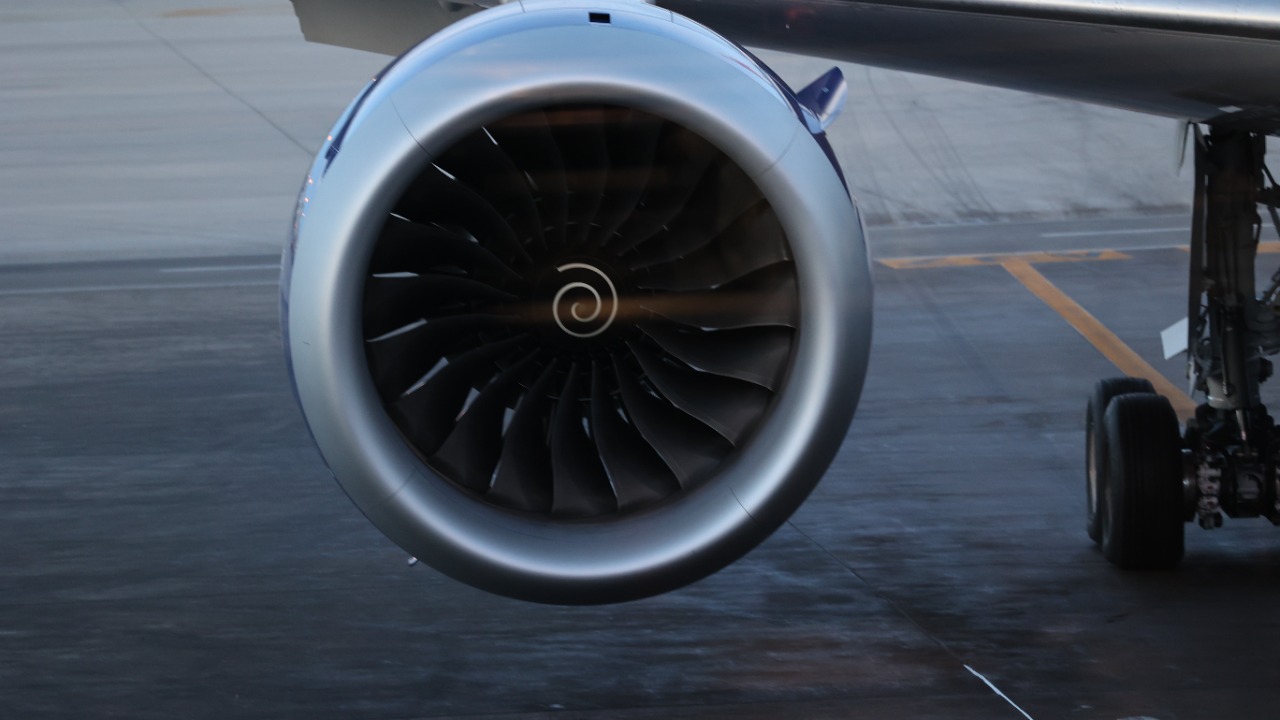
The Rolls-Royce Trent 1000 engine, used primarily in the Boeing 787 Dreamliner, has faced significant challenges due to durability problems with its turbine blades. Notably, several Dreamliner operators experienced engine failures that grounded aircraft and disrupted scheduling.
Rolls-Royce has worked diligently to rectify these issues by redesigning components and updating maintenance protocols. While the Trent 1000 has regained some confidence, the early setbacks have left a lasting impact on its reputation.
CFM International CFM56
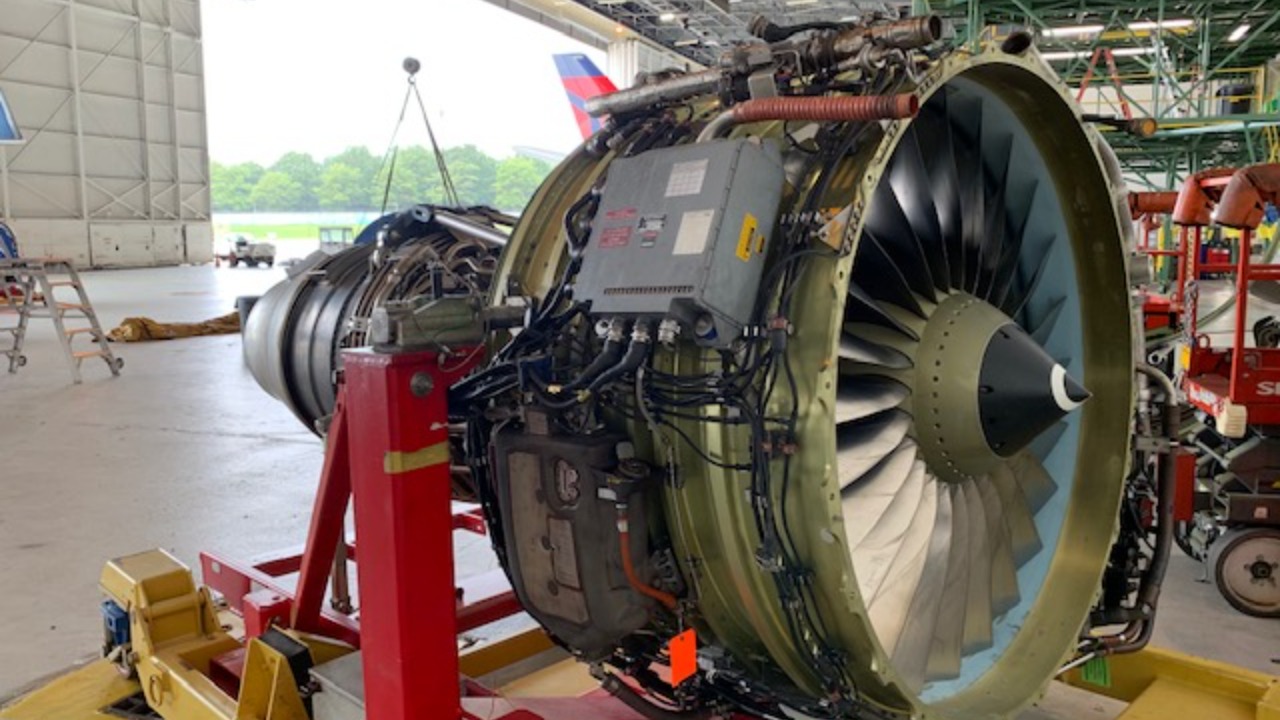
The CFM56 engine has been widely used in commercial aviation, particularly in the Airbus A320 and Boeing 737 families. Despite its popularity, it has faced challenges related to its fan blades and compressor stall issues, which have led to several high-profile incidents.
CFM International has responded with a series of service bulletins and enhanced inspection procedures, helping to restore trust among operators. The engine remains a cornerstone in many fleets, valued for its efficiency and reliability when properly maintained.
International Aero Engines V2500
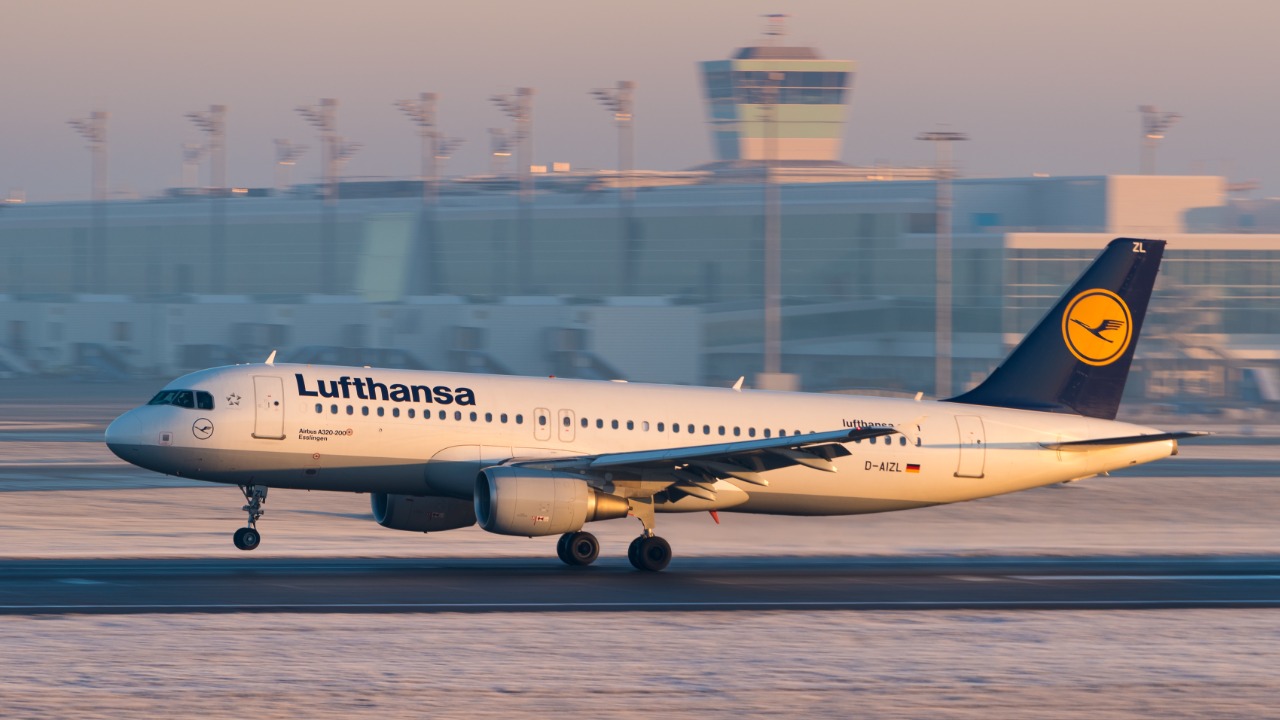
The V2500 engine, commonly found on Airbus A320 aircraft, has encountered issues with its high-pressure compressor. These problems have led to engine shutdowns and forced landings, raising concerns about its long-term reliability.
Efforts to address these flaws have focused on improving component longevity and enhancing maintenance guidelines. As a result, many operators continue to depend on the V2500, although they remain cautious about its operational history.
General Electric GEnx
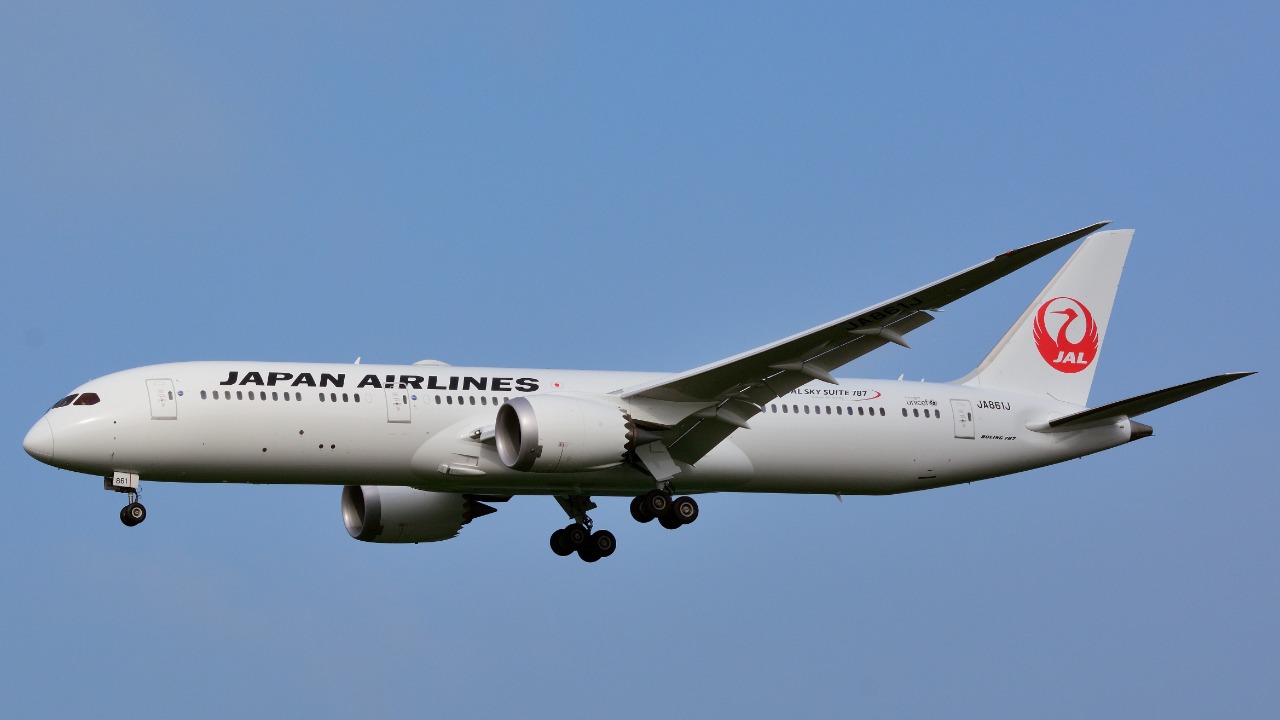
The GEnx engine is used in Boeing 787 and 747-8 aircraft and has been praised for its fuel efficiency. However, it has experienced problems related to icing and turbine blade fractures. These issues have required costly repairs and, in some cases, grounded aircraft.
General Electric has been actively working to resolve these issues through design enhancements and operational advisories. Despite its challenges, the GEnx engine remains a vital part of many airlines’ fleets due to its advanced technology and performance.
Rolls-Royce RB211
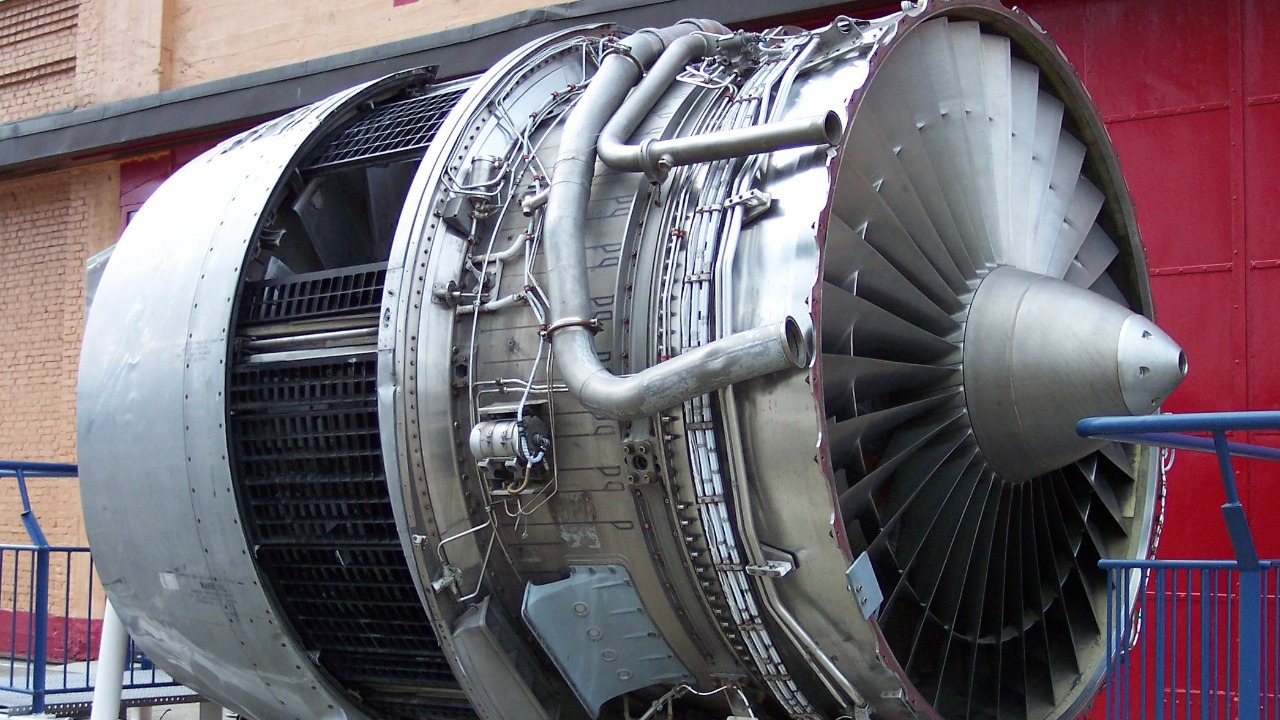
The Rolls-Royce RB211 engine has a storied history, having powered a variety of aircraft since its introduction. However, it has faced challenges with its fan blades and turbine components, leading to a series of in-flight incidents.
Rolls-Royce has implemented numerous updates to address these issues, including redesigning components and updating maintenance procedures. While the RB211 continues to serve many operators, its history underscores the importance of ongoing innovation and support in aerospace engineering.
Pratt & Whitney JT9D
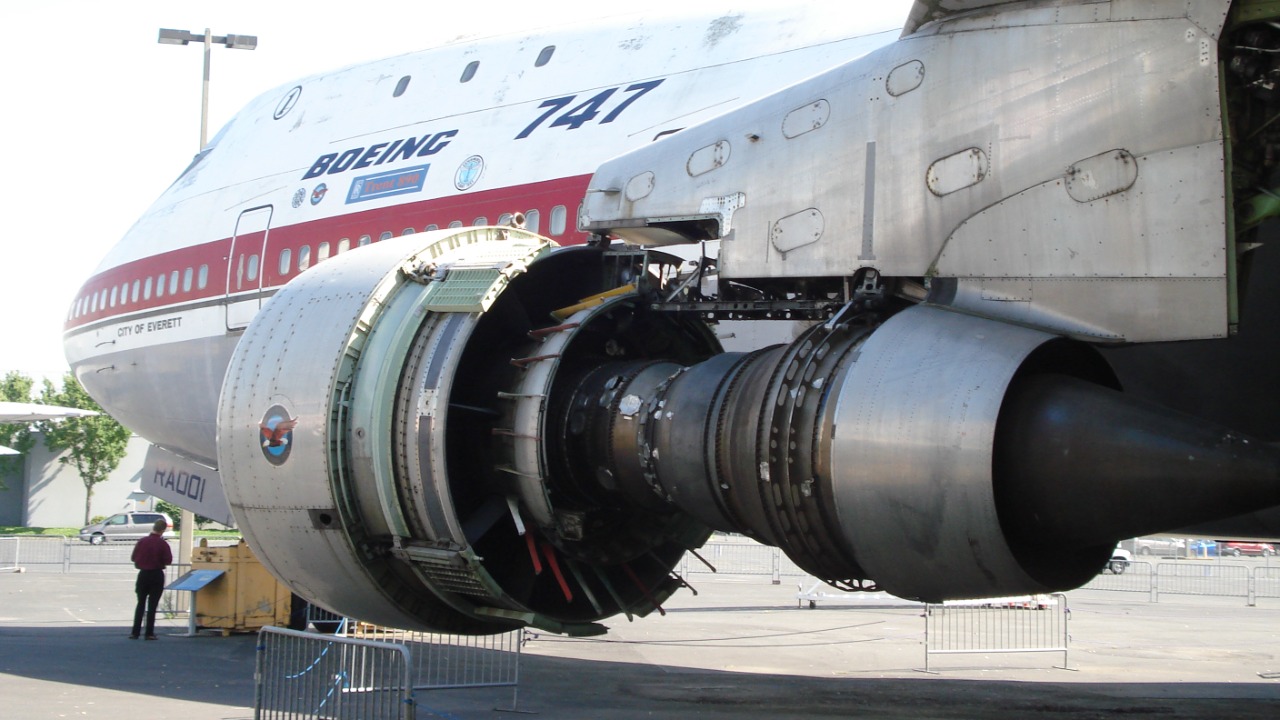
The Pratt & Whitney JT9D was a revolutionary engine in its time, known for powering the first jumbo jets. However, it experienced challenges with its high-pressure turbine and compressor, leading to reliability concerns and operational disruptions.
Despite these issues, the JT9D played a crucial role in the evolution of jet engines. Its legacy continues to influence modern engine designs, even as operators have phased it out in favor of more advanced technologies.